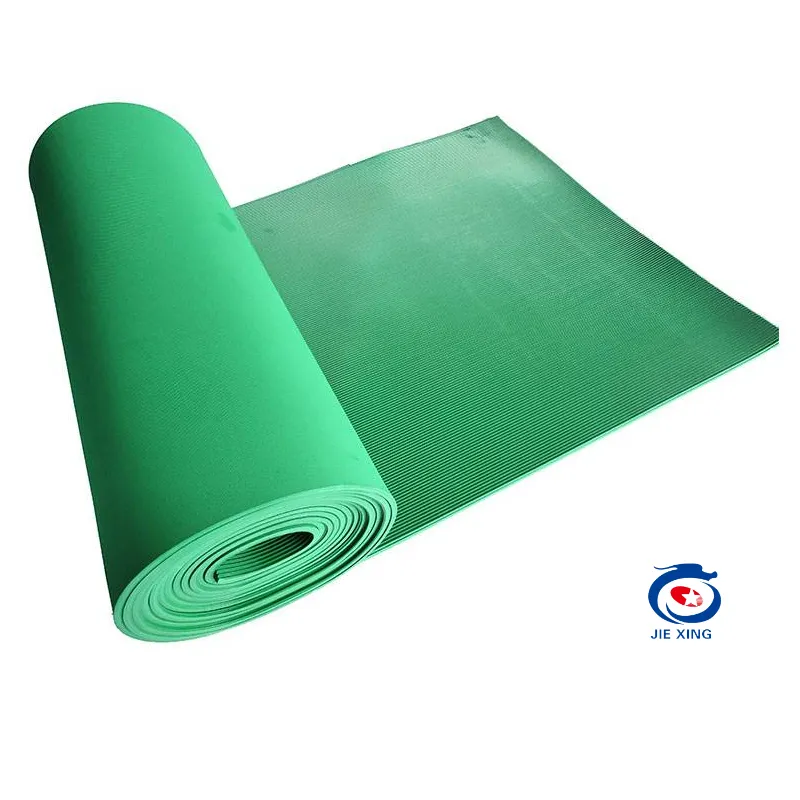Types of Bottom Seals for Wooden Garage Doors Explained and Compared
Understanding Wood Garage Door Bottom Seal Types
Garage doors serve a critical function in protecting your home from the elements, providing security, and contributing to energy efficiency. One essential component that often goes overlooked is the bottom seal of the garage door. This seal, typically made from durable materials, forms a barrier between the garage and the external environment, helping to keep out moisture, dirt, pests, and drafts. While the focus is frequently on the door's design and insulation properties, the choice of bottom seal can significantly affect performance. In this article, we will explore the various types of bottom seals available for wood garage doors, their benefits, and how to choose the right one for your needs.
Types of Wood Garage Door Bottom Seals
1. Rubber Bottom Seals Rubber seals are among the most popular choices for garage doors due to their flexibility and durability. These seals can compress to fit uneven surfaces, which makes them excellent at keeping out drafts and water. They also hold up well against extreme weather conditions, maintaining their integrity and effectiveness over time. Rubber seals come in various configurations, including T-style, F-style, and bulb seals, allowing users to select the best fit for their specific garage door design.
2. Vinyl Bottom Seals Vinyl seals are another common option, often found on residential garage doors. They are budget-friendly and provide decent insulation and protection against the elements. While vinyl seals may not be as robust as rubber, they are resistant to rotting and UV degradation. Vinyl bottom seals are available in various shapes and sizes, making them suitable for different types of wooden garage doors. However, it’s worth noting that vinyl may become brittle over time, especially in colder climates.
3. Brush Seals For those seeking a more specialized solution, brush seals can be an excellent choice. These seals consist of bristles that effectively block debris and small pests while allowing air flow, which can help reduce moisture buildup in your garage. Brush seals are particularly beneficial for garages that serve as workshops or storage areas, as they protect items from dust and dirt. However, they are not as effective at blocking water as rubber or vinyl seals.
4. Magnetic Seals Magnetic seals are less common but provide a unique benefit they create a secure fit that resists drafts and pests. These seals are designed to adhere firmly to the door and the floor, thanks to embedded magnets. While magnetic seals can effectively prevent air leaks, they might not be suitable for all garage door styles and surfaces, particularly uneven or textured floors.
Choosing the Right Seal
wood garage door bottom seal types

When deciding on the right bottom seal for your wood garage door, consider the following factors
- Climate Your geographic location will play a significant role in the type of seal you need. For instance, areas with heavy rainfall or snow may benefit from rubber seals, while dry climates might be well-suited to vinyl.
- Floor Surface Evaluate the condition of your garage floor. If it’s uneven or cracked, a flexible rubber seal may provide a better fit than a rigid option. Brush seals can also help navigate rough surfaces effectively.
- Use of the Garage Consider how you use your garage. If it houses valuable items or serves as a workspace, investing in a brush seal or a more effective rubber seal can help maintain a clean and secure environment.
- Budget Set a budget for your seal replacement. While rubber seals may be more expensive than vinyl, their durability can result in cost savings over time.
Conclusion
The bottom seal of your wood garage door is a small but vital component that significantly impacts the garage's overall efficiency and performance. By understanding the various types of seals available and their specific benefits, you can make an informed decision that enhances your garage door’s effectiveness. Investing in the right bottom seal will not only help protect your garage from the elements but also contribute to improved energy efficiency, ensuring that your garage remains a safe and comfortable space for years to come.
-
Under Door Draught Stopper: Essential ProtectionNewsJul.31,2025
-
Garage Door Seal and Weatherstrips for ProtectionNewsJul.31,2025
-
Edge Banding Tape for Perfect EdgesNewsJul.31,2025
-
Table Corner Guards and Wall Corner ProtectorsNewsJul.31,2025
-
Stair Nose Edging Trim and Tile Stair SolutionsNewsJul.31,2025
-
Truck Bed Rubber Mats for Pickup BedsNewsJul.31,2025
-
Window Weather Stripping for Noise ReductionNewsJul.29,2025